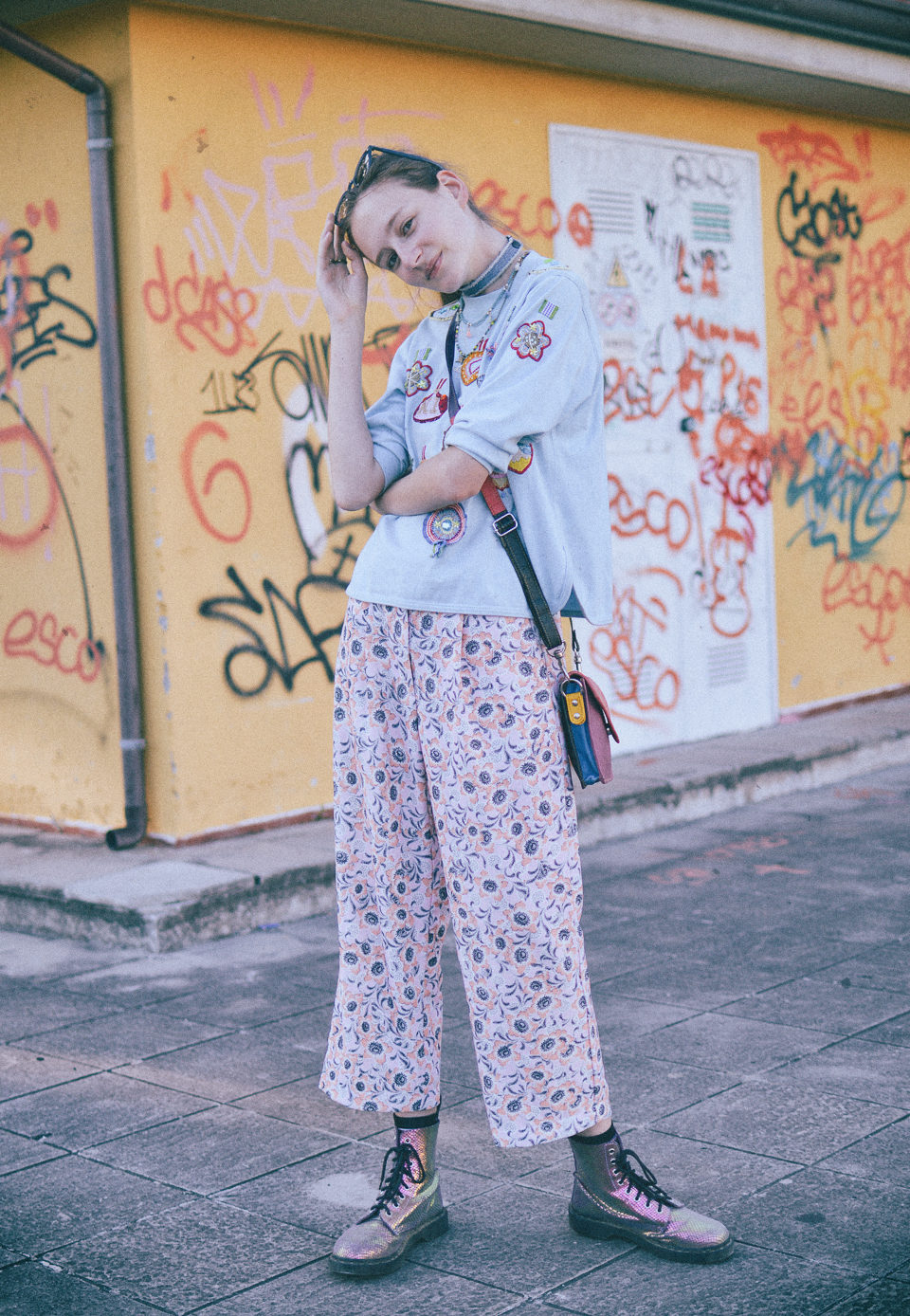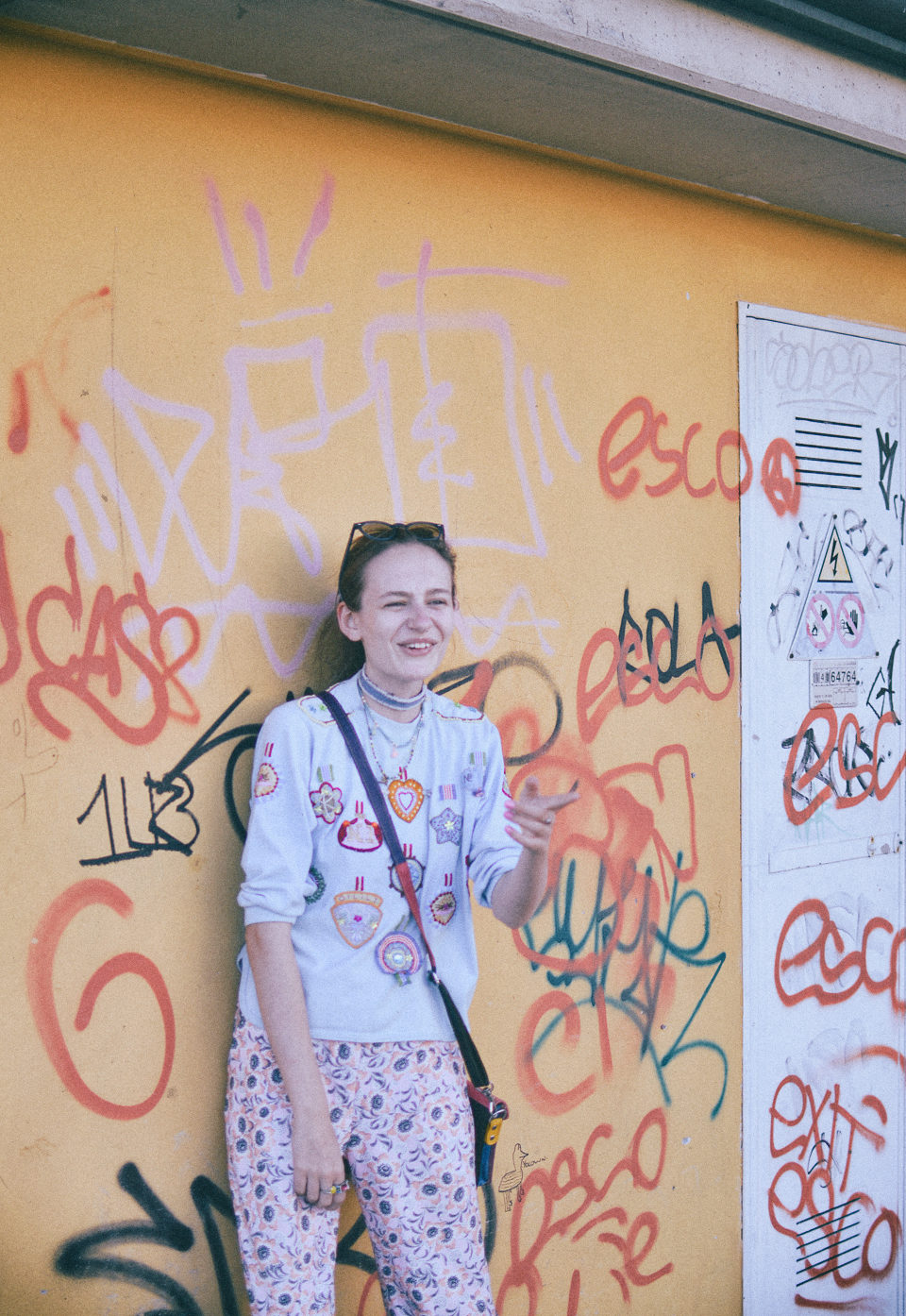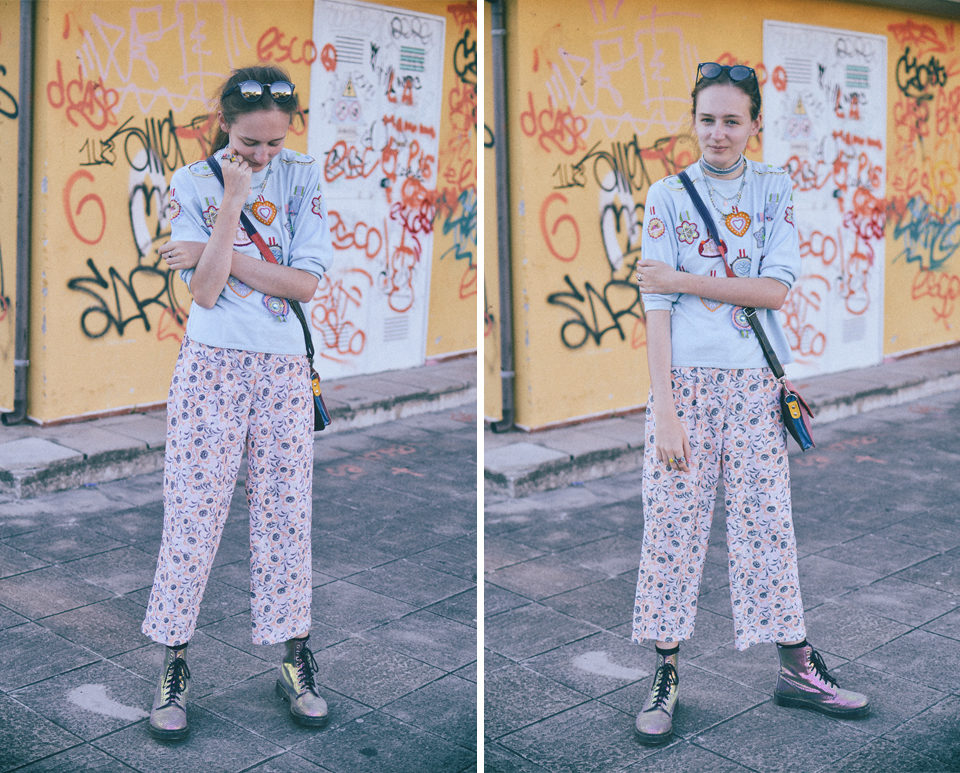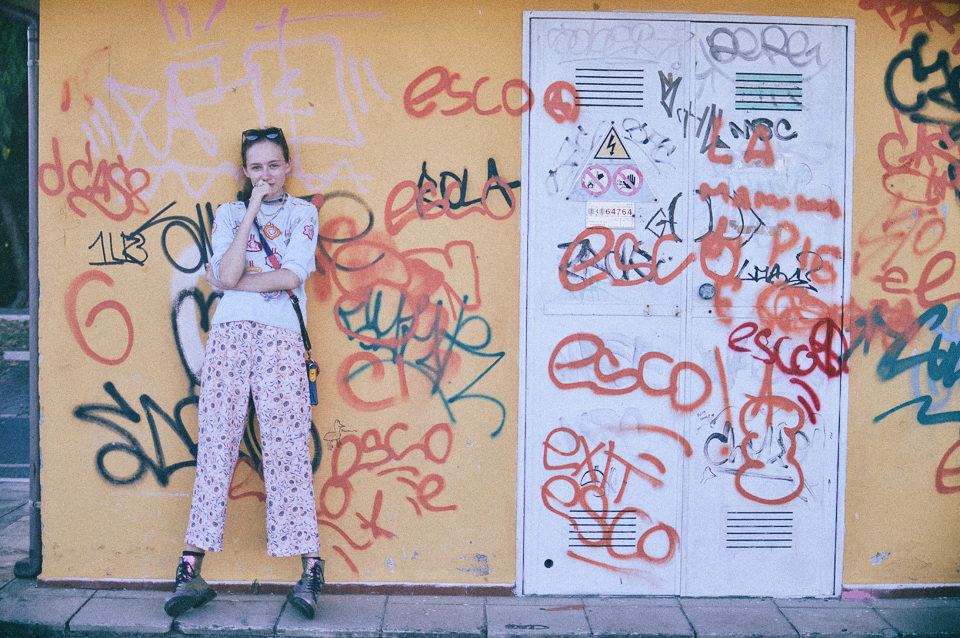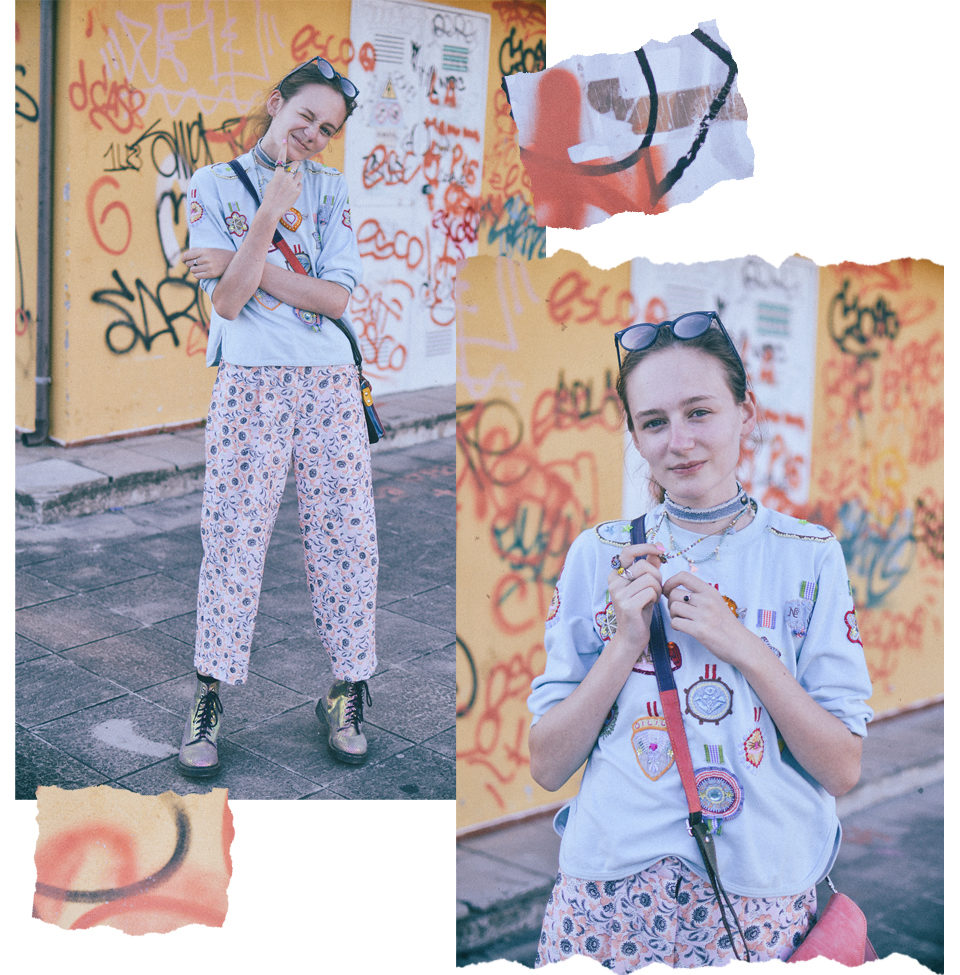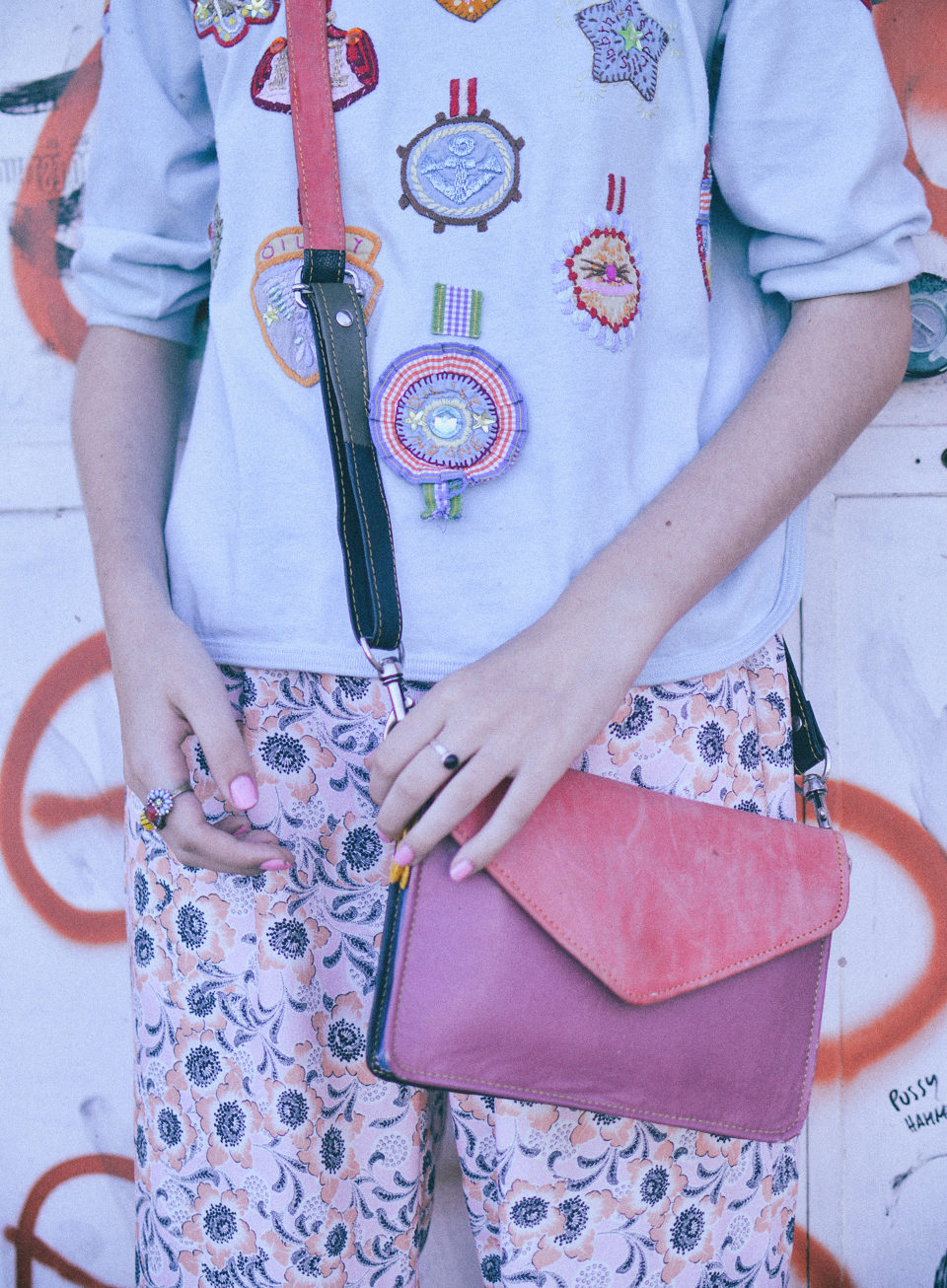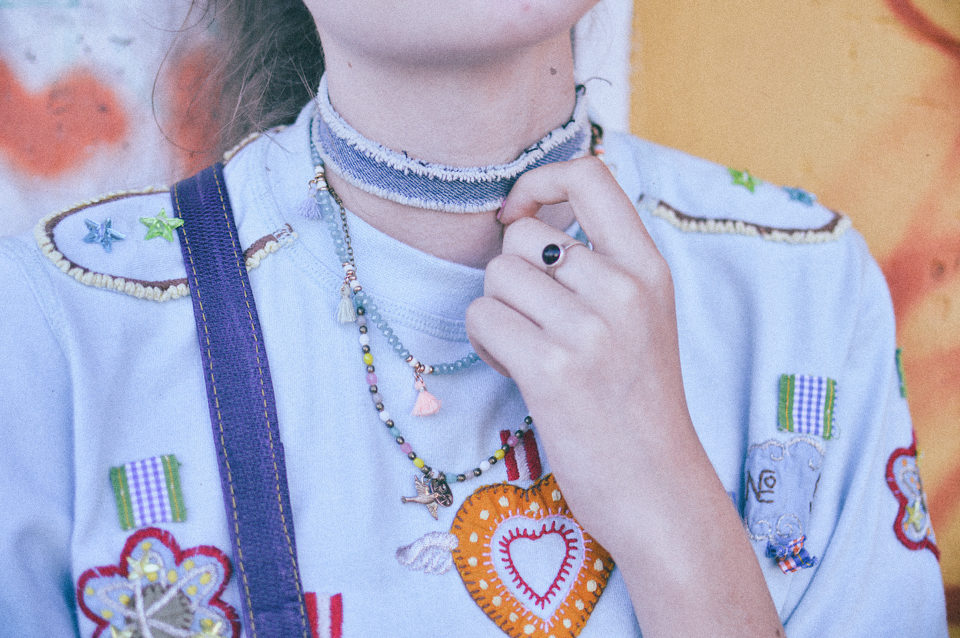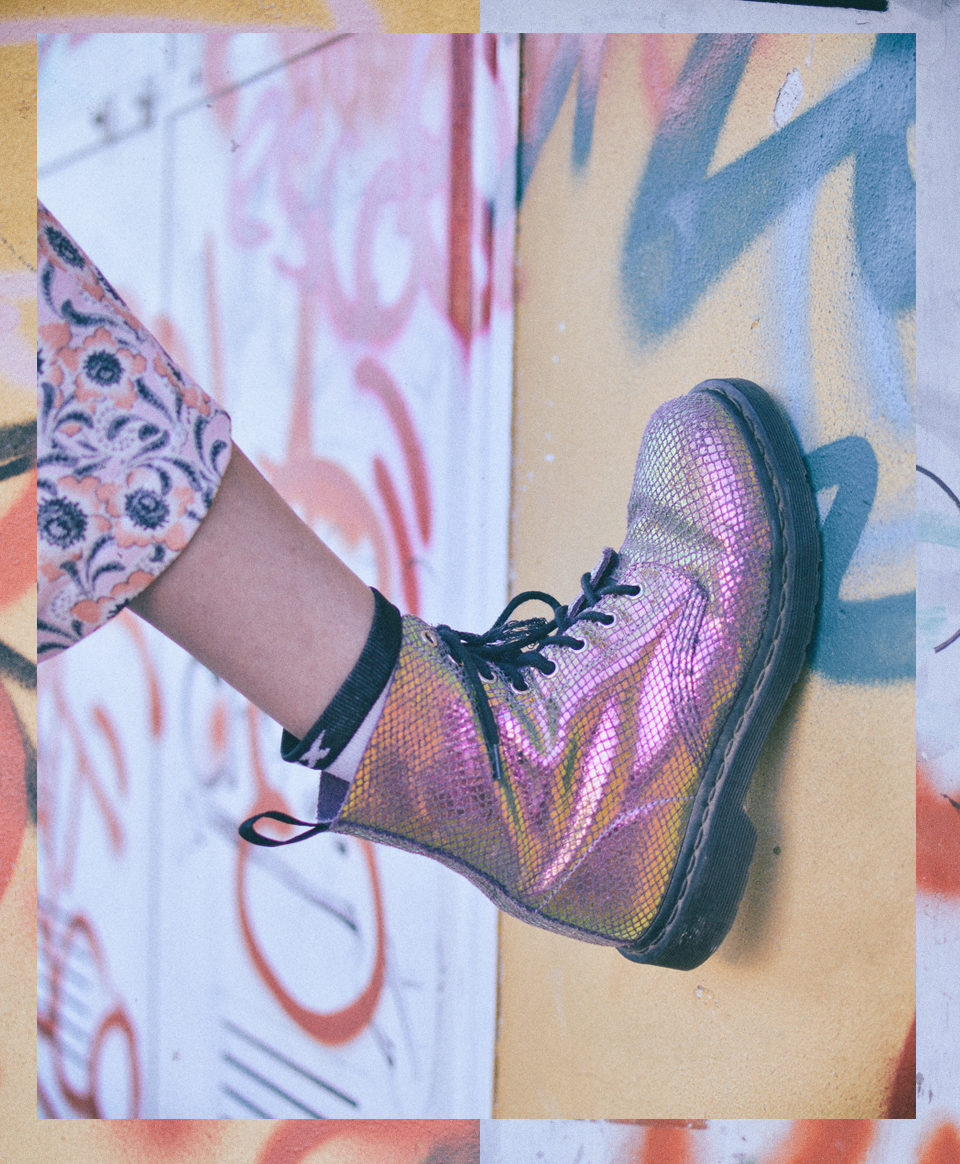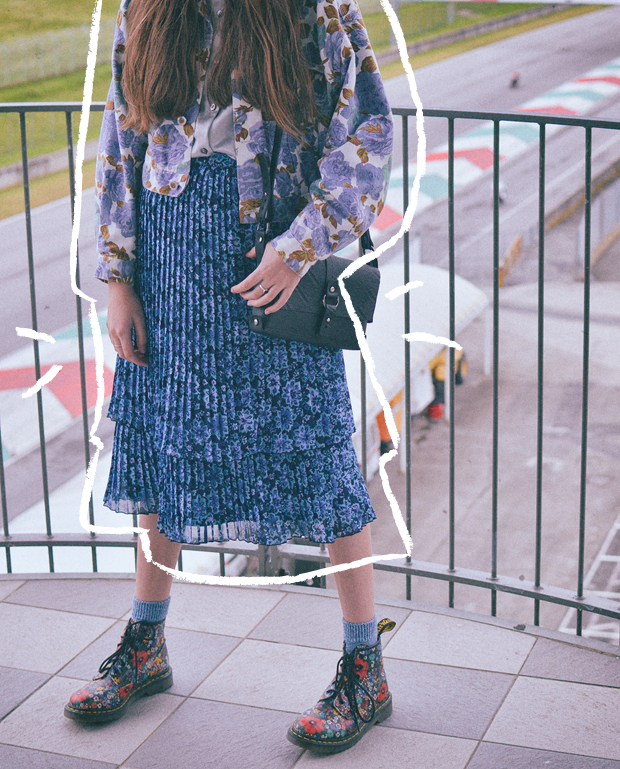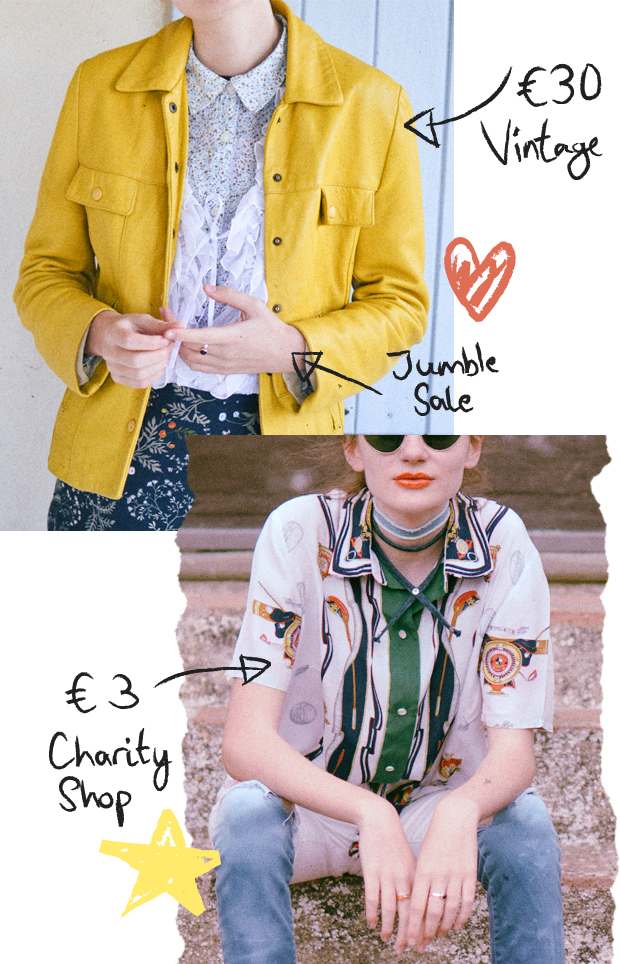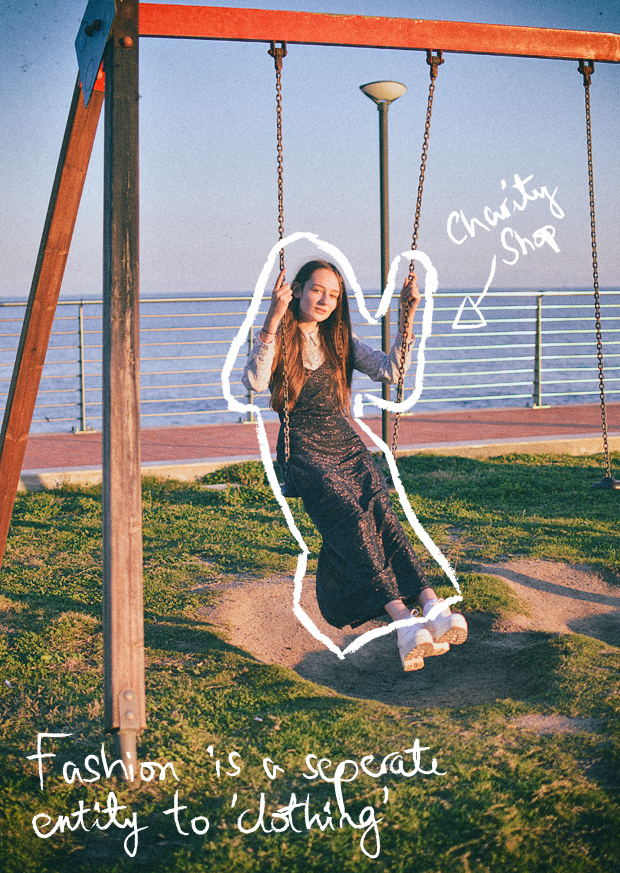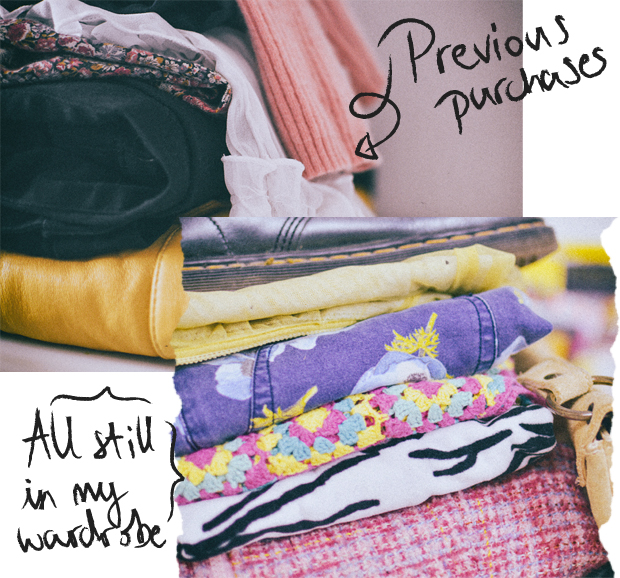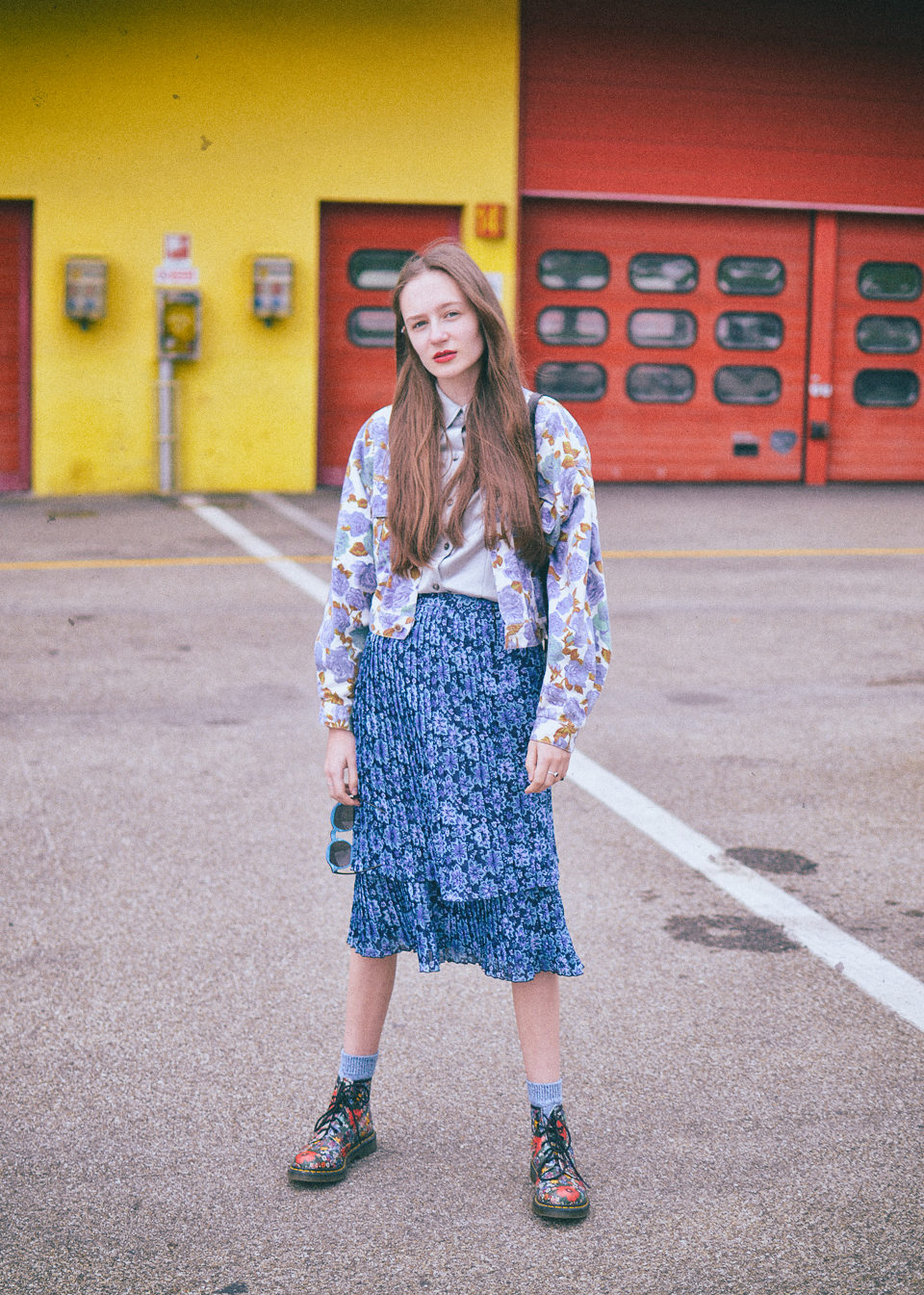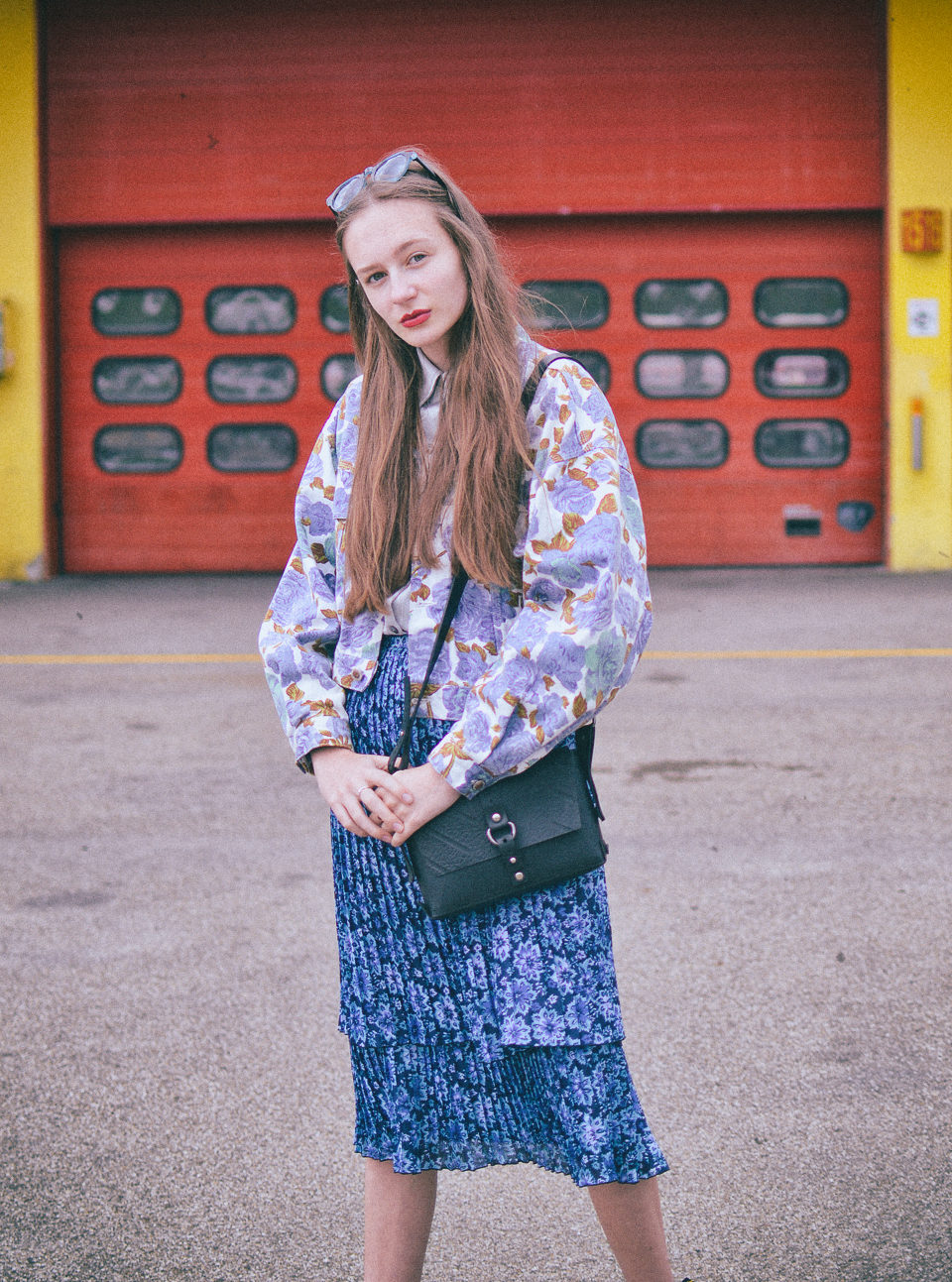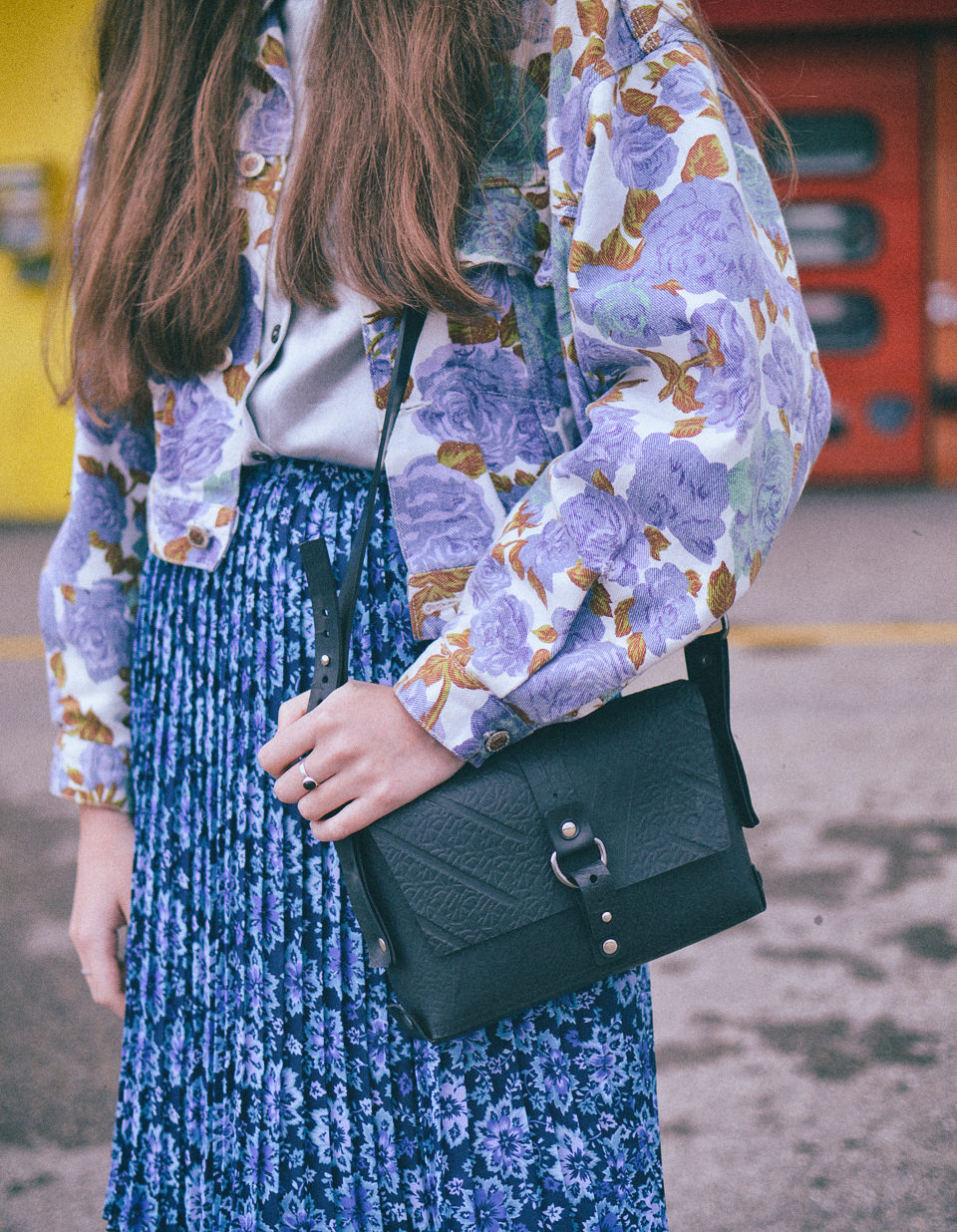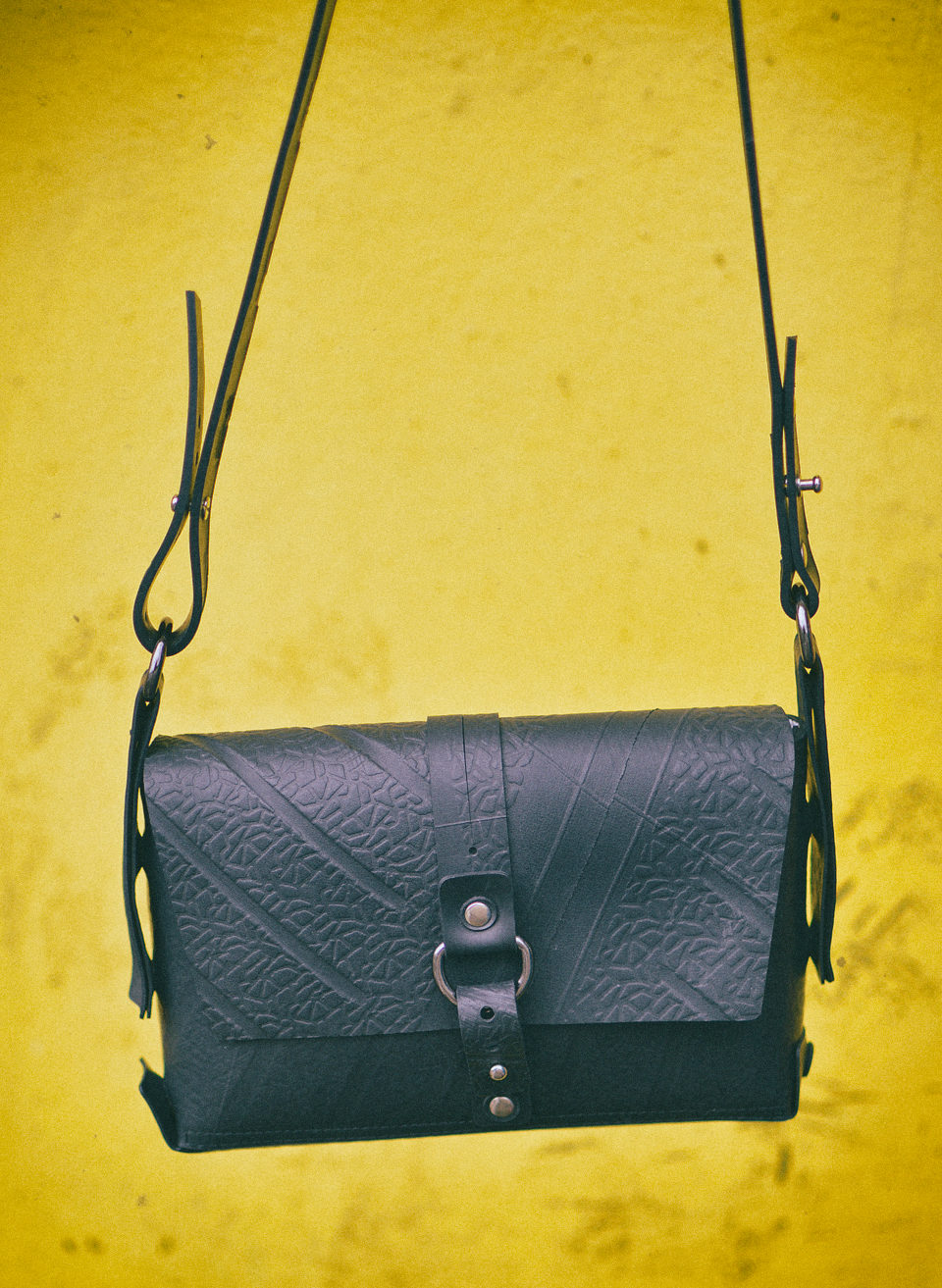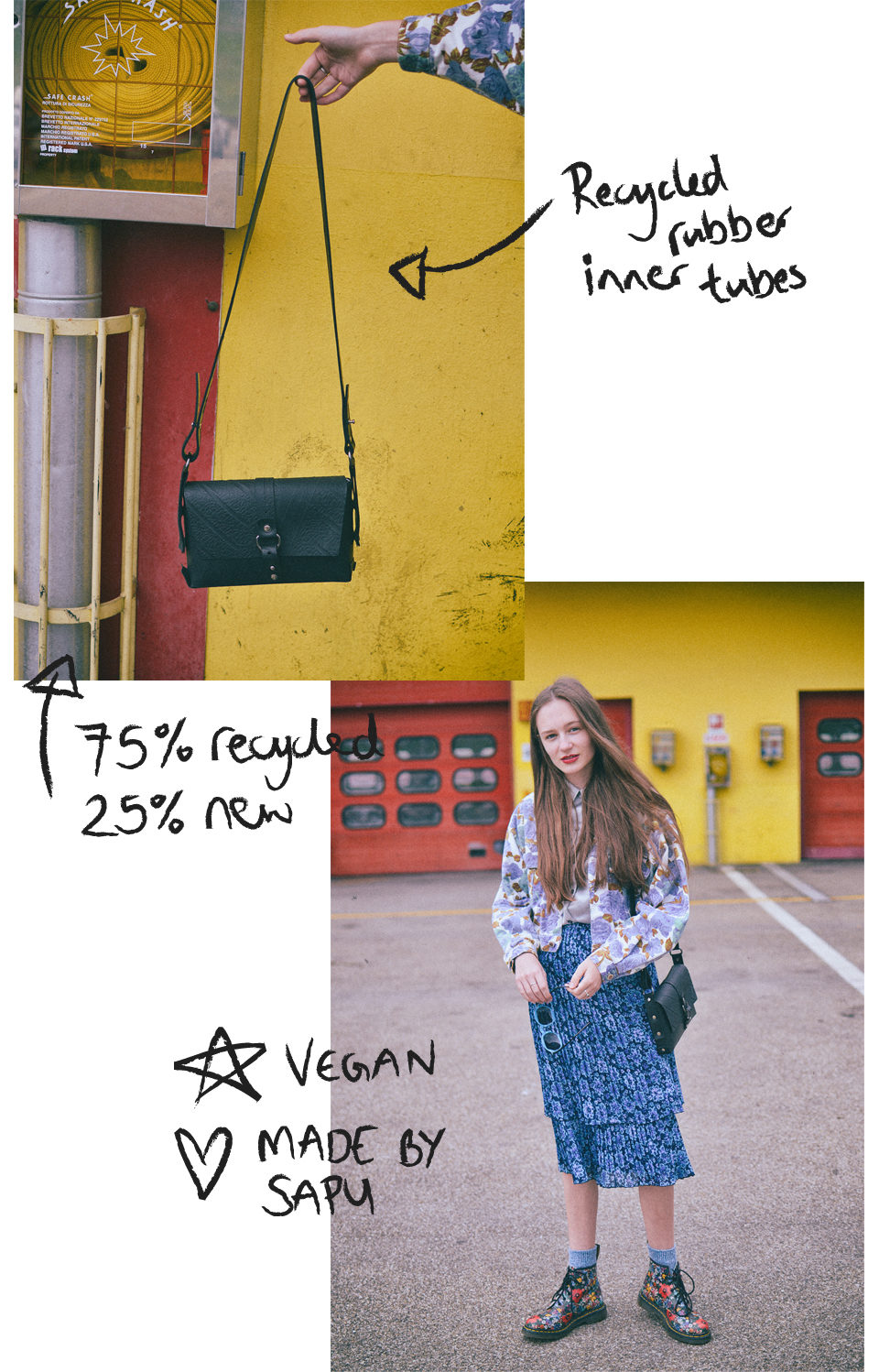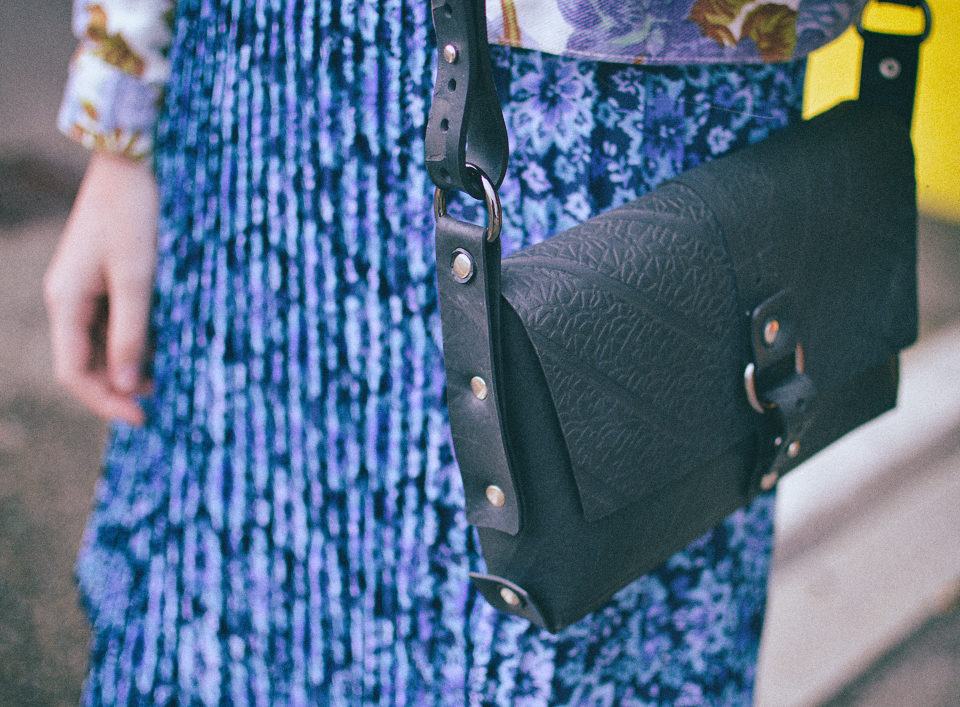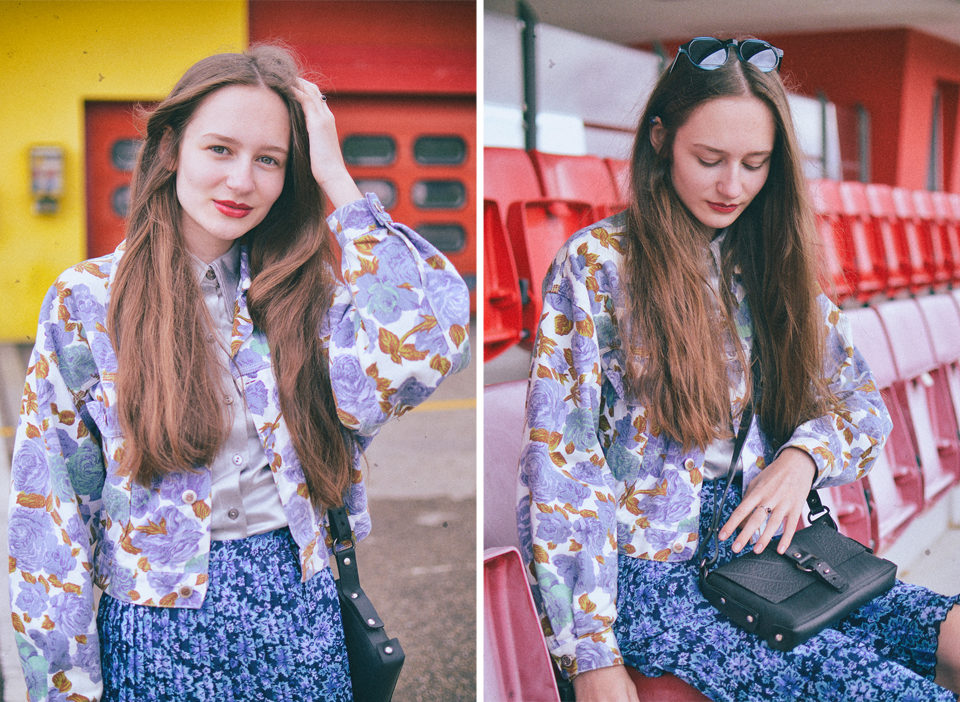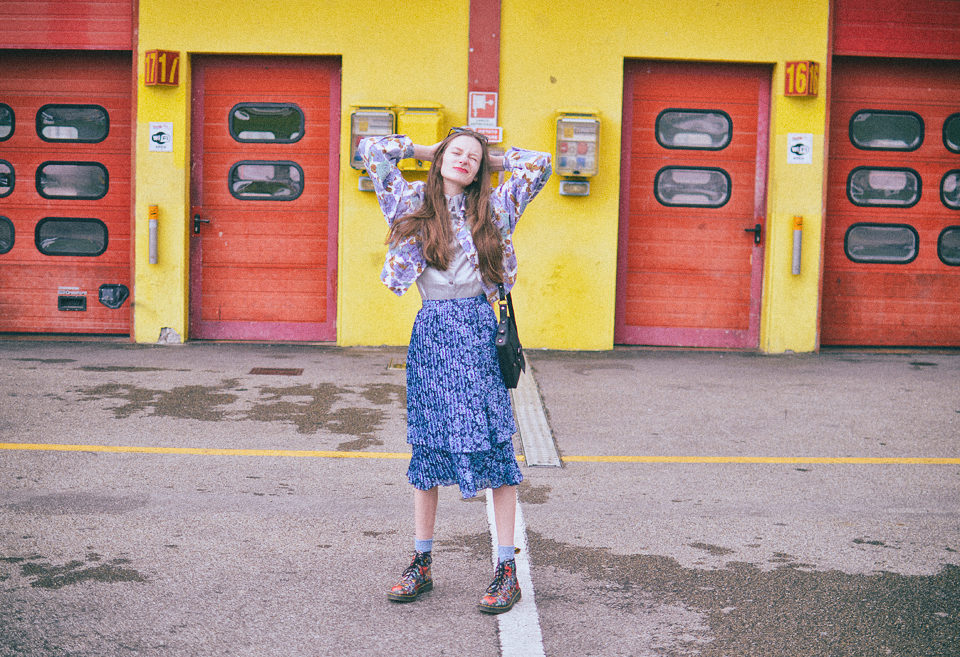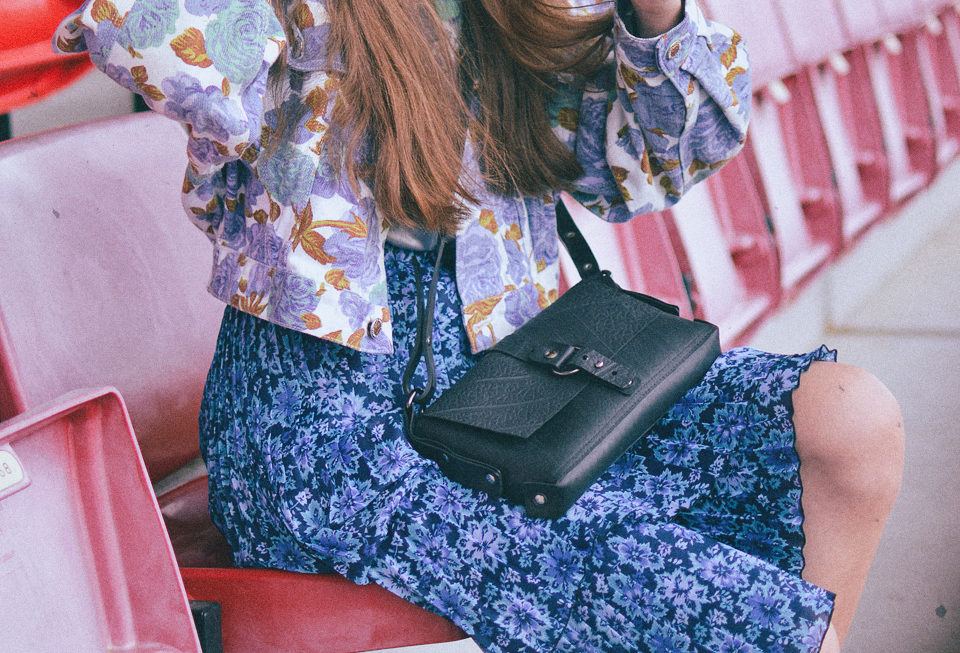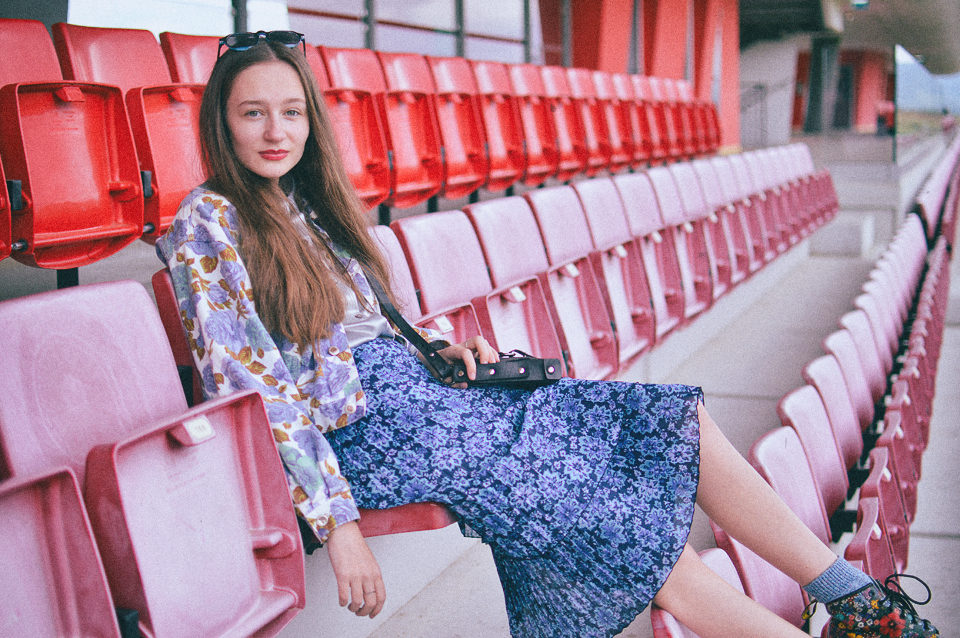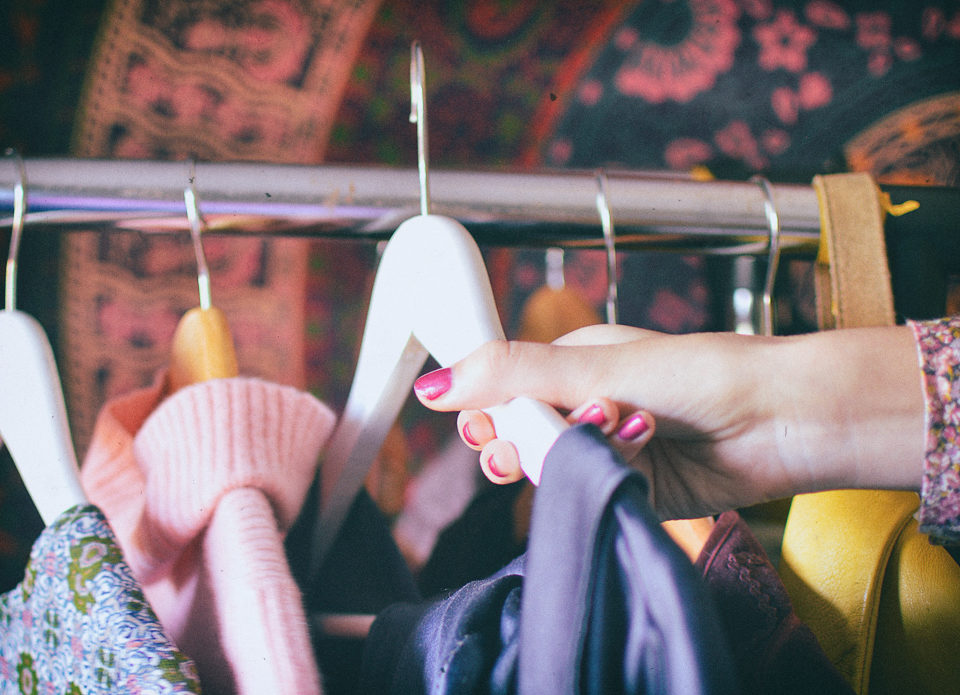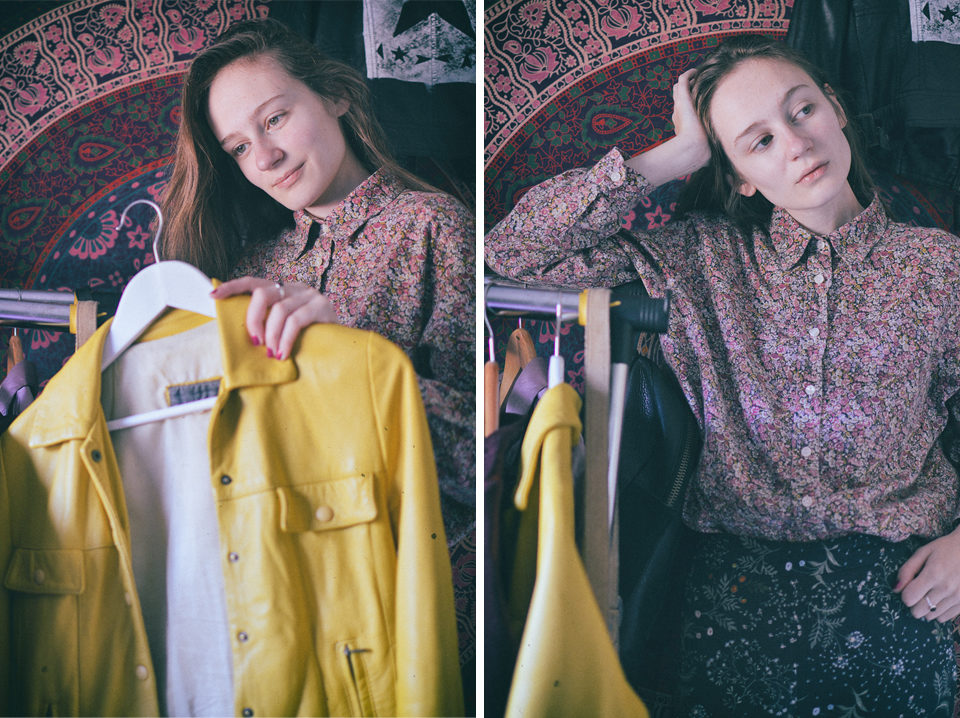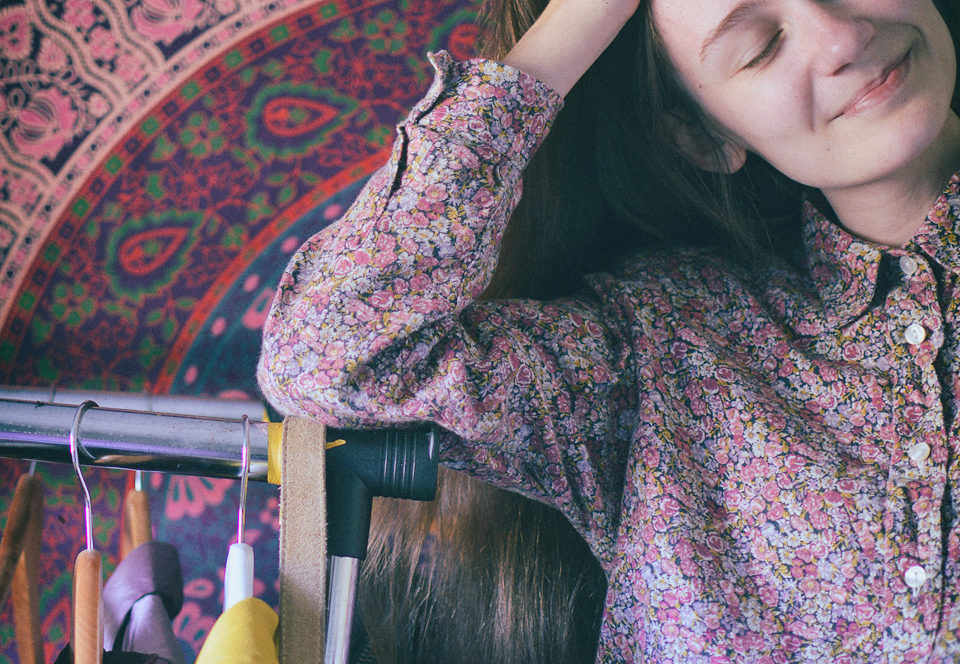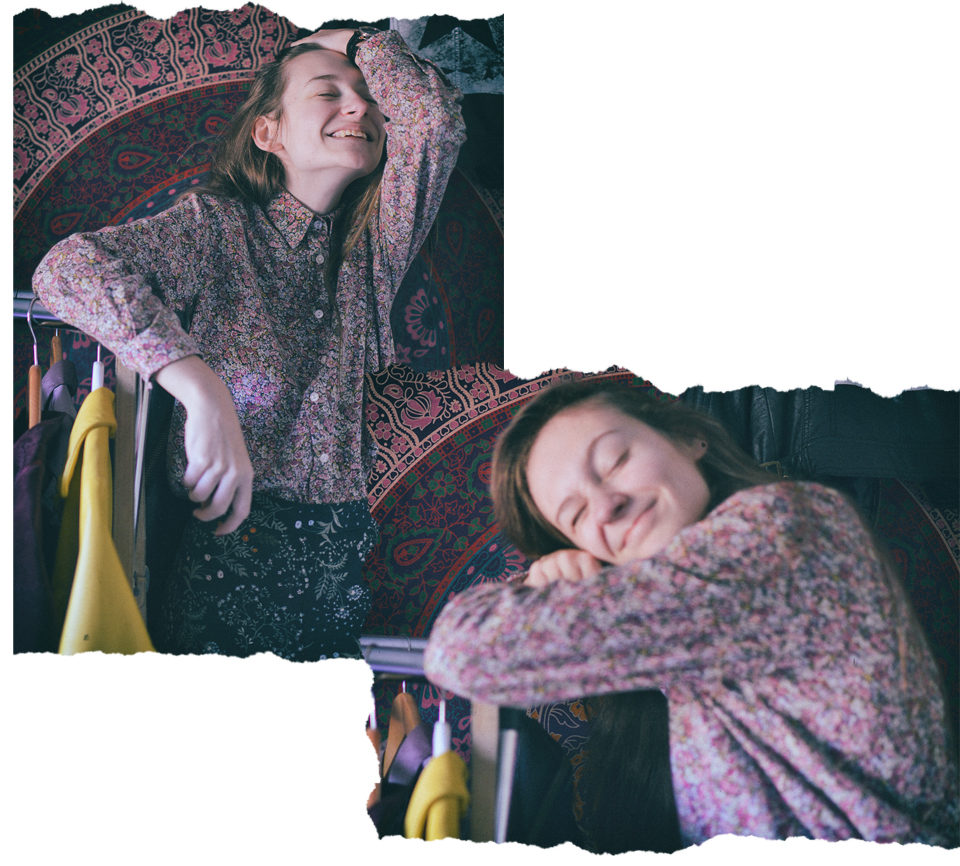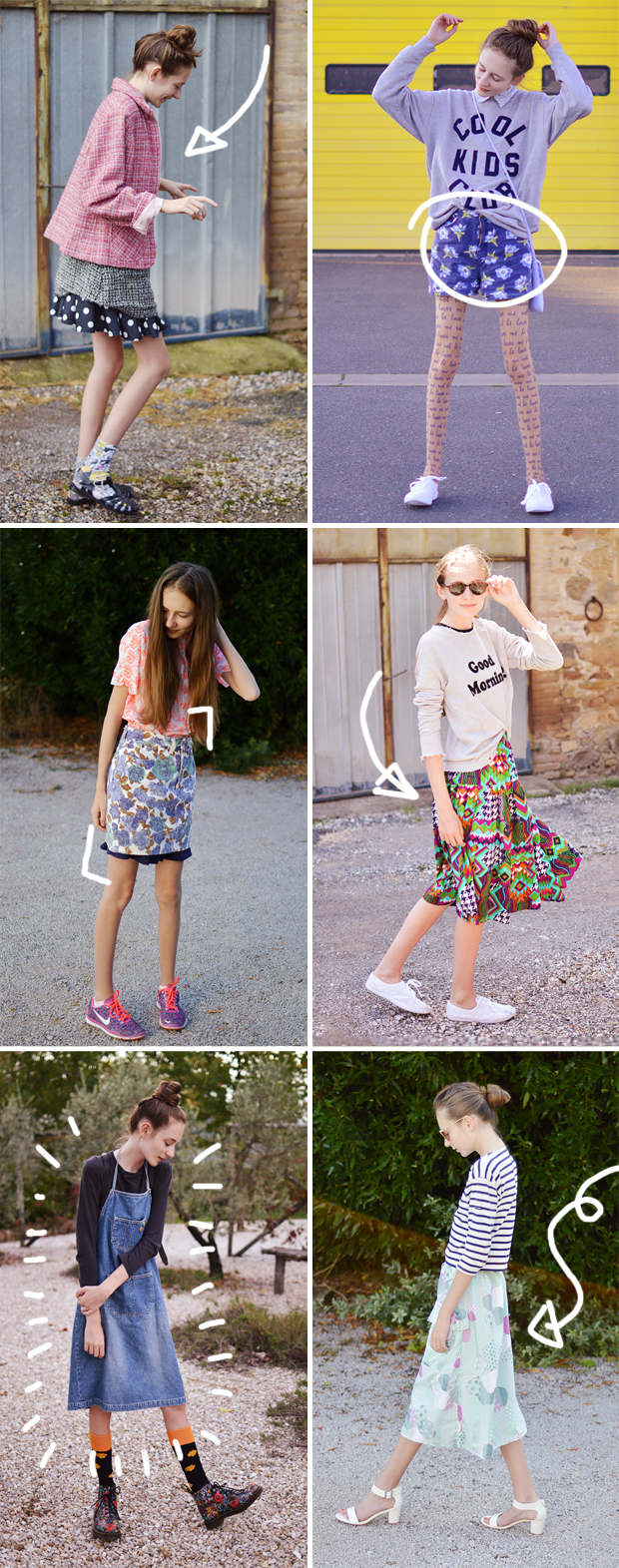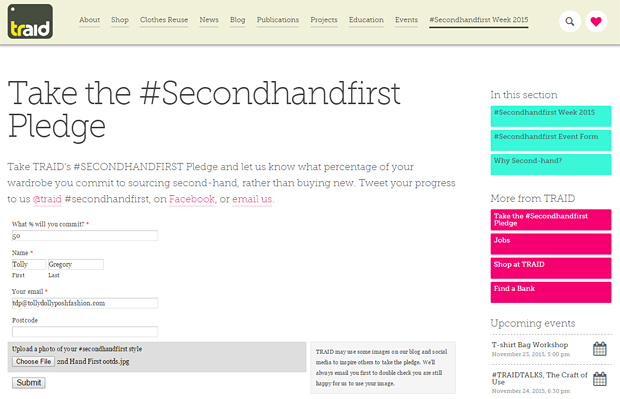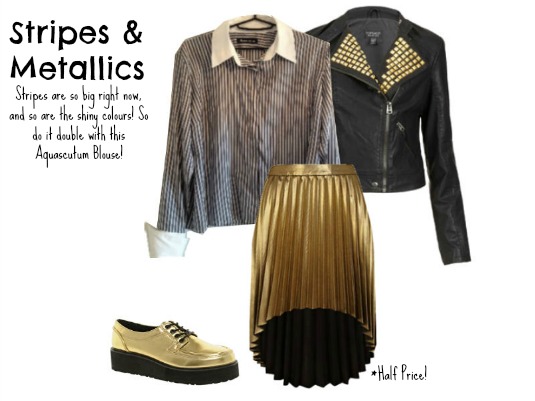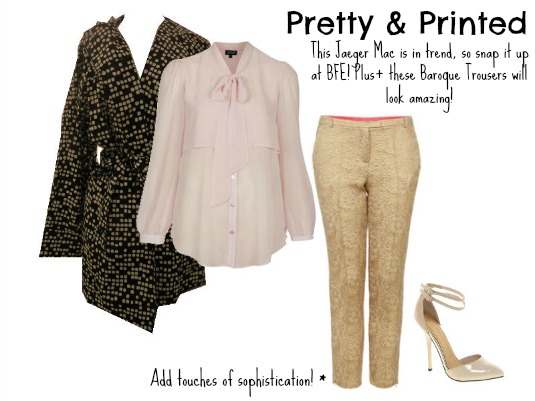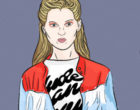In early 2016, I was still buying fast-fashion, even knowing that my purchase wouldn’t benefit anything other than my itch for wanting something new…
 Circa April 2013, I was sat in my living room, rocking back and forth in my chair as I read the news of the Rana Plaza disaster. This was the very first time I considered that the industry I loved might have scary and dangerous consequences. I was thirteen but go ahead and call me uneducated or close-minded if you so wish.
Circa April 2013, I was sat in my living room, rocking back and forth in my chair as I read the news of the Rana Plaza disaster. This was the very first time I considered that the industry I loved might have scary and dangerous consequences. I was thirteen but go ahead and call me uneducated or close-minded if you so wish.
The little I did know was extremely simple (and rather inaccurate) and barely scratched the surface on the real issues at hand – the clothes I bought were inexpensive because they were made cheaply and the more expensive they were, the higher quality they would be.
What literal schooling and the school-of-life hadn’t taught me was that cheaply really meant, unfairly. There’s always a reason why products are priced lowly or highly, after all. But for child and pre-teen me, it was exciting to shop, no matter how things were made.
![]()
It was an experience, one which I mostly shared with my mum and my sister. We’d go out on the weekends and we’d browse the latest offerings, piling up clothes to take to the changing rooms where we’d laugh and giggle when things didn’t fit right and joyously celebrate when a dress was ‘perfect’ and ‘so you’ (and also didn’t break the bank).
My sister moved out before I ever reached my tenth birthday so those shopping trips lessened. However, they only became more cherished when she’d come back to see me and we’d do what we hadn’t been able to do for however long it had been.
I’d go on days out with my mum too because that was what we did to treat ourselves, with Southampton’s West Quay being the destination of our choice.
To avoid being stereotypical and saying that only the women in my life were shopping-til-they-dropped, I also used to plan days out with my dad where we’d spend one-on-one time dressing each other up and treating ourselves to a KFC afterwards (it was a treat, thank you very much; their baked beans are second-to-none.)
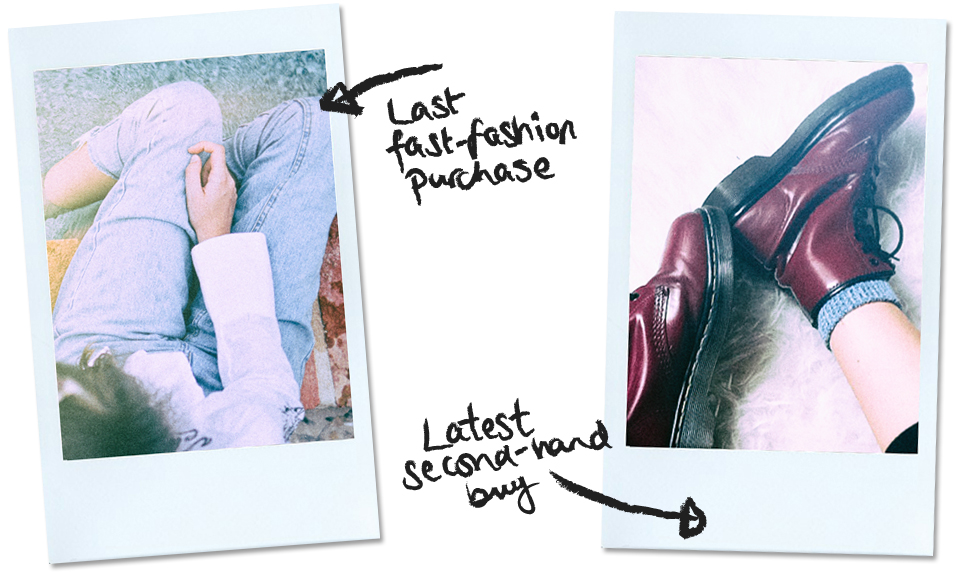
This was all ordinary behaviour and to this day in western culture, still is. We go into town with our friends and we make a full day of it. You can make memories in high-street changing rooms.
Thankfully for me, I was never brought up to avoid charity shops or vintage stores despite the stigma that surrounds them, so, without even knowing it I often balanced out my new purchases with more sustainable ones.
I’d say the closest I got to a proper formal education on the negative aspect to our clothes and the fashion industry, would have been a school trip to a local landfill where we saw the piles of rubbish which included perfectly usable textiles.
Other than that, it took the collapse of a garment factory home to the products of Primark, for me to finally embark upon my ethical fashion journey.
![]()
It took me until summer 2016 to properly bid farewell to those sorts of purchases (excluding underwear – you can read why that is here), even though I was well aware that there were better alternatives and reasons to consume more consciously.
A lot of it had to do with my shopping habits rather than the actual clothes I was buying, though. It’s almost as if you experience withdrawal symptoms and every now and then you have to fall back into fast-fashions grasp and use the good ol’ excuse of ‘treating yourself’ but since when did treating yourself mean buying something which was made without people and the planet in mind?
Technically, your dopamine levels are the only part of the equation that is being treated, or, maybe the water used to make the fabric of your new dress, just with toxic chemicals, dyes and plastic micro-fibres.
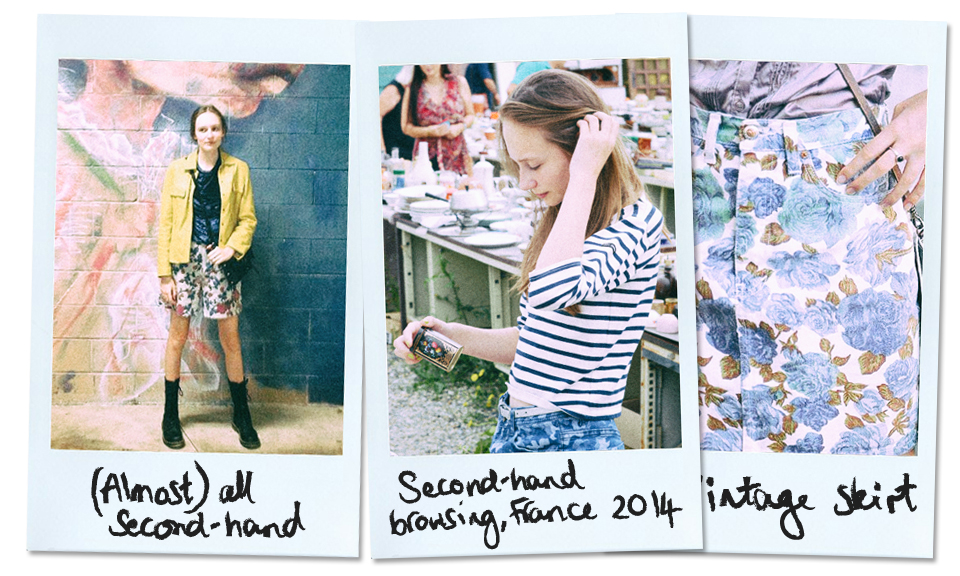
I am by no means perfect, currently. For instance, I shop second-hand but I pay no attention to the fabrics I’m buying and now that I’m more educated, I know more about the impacts of other aspects of my life, yet I haven’t made many changes in those other problem areas.
It takes time to become more conscious individually and the rest of the industry following will also take time. It’s one of the reasons we need to shout about it loudly and proudly because the quicker it happens, the better!
The more you educate yourself and allow yourself to question what you’re used to, the easier it will become to make the right choices for you. It will also make it a lot easier for other people who haven’t even considered other ways of shopping and experiencing fashion, to educate themselves too.
![]()
My consumption habits and patterns in 2016 were tremendously better than those I had in 2013 and the ones I have now make me feel content and comfortable, however, there will always be room for improvement. If you feel hopeless or perhaps even a little guilty, take a breather and put things into perspective.
Take a trip down memory lane and take a look at the changes you’ve made so far. Is there anything more you can be doing now?
Do you have any ethical goals you’d like to achieve? Is there anything you want to learn more about? If my thirteen-year-old self had asked herself those questions, I’m sure I would have reached the stage I’m at now, far sooner.
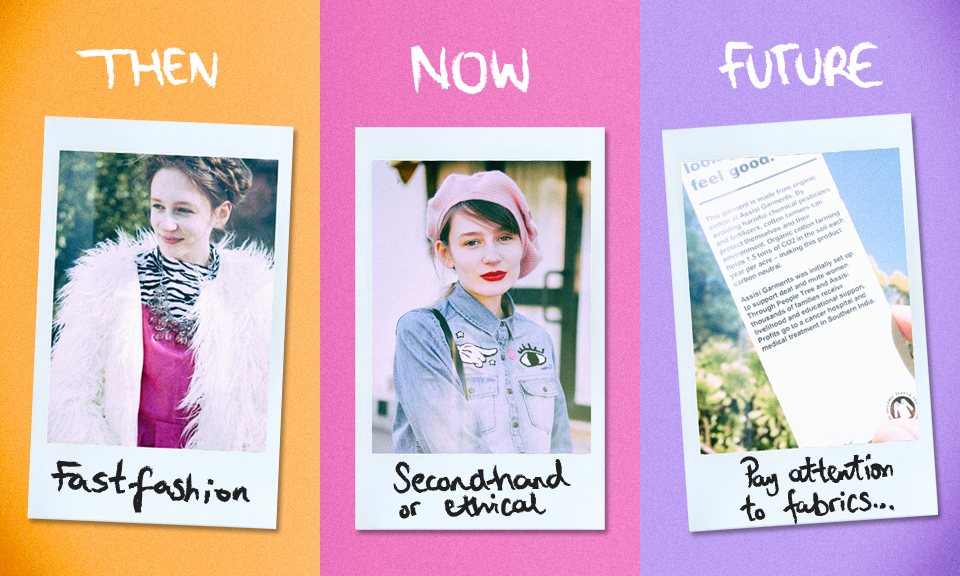
Here are some Q&As to break-down my ethical journey…
When did I first become aware of the issues of fast-fashion?
Around 2013 – early 2014. The main chunk of my education came from the documentary, The True Cost, which was released around the same time. You can watch it on Netflix.
What was my first ethical purchase?
Other than the dozens and dozens of second-hand items I’ve consumed in my life, I believe it was an ASOS Africa blouse. Although ASOS may not be the most ethical or sustainable brand and I don’t know too much about how it was manufactured, I think it was a good starting place and allowed me to slowly transition from shopping there frequently to making more considered choices.
When was my last fast-fashion purchase?
I can’t remember the exact time or date or which purchase was officially the last but the four items I do remember buying last year (in the early months and possibly towards the end of 2015) were a pair of Motivi floral trousers, a Pull & Bear jumper and a pair of jeans, and an embroidered white shirt from Stradivarius (the latter two brands of which are owned by Inditex).
Although these purchases weren’t ethical, they are all still in my wardrobe. I’ve worn the floral trousers so much that the zip is now broken (and will soon be fixed, I promise!) and I probably won’t be buying any other jeans for a fair few years.
I don’t condone boycotting on a mass scale but if you can shop with alternative brands – which I believe most of you reading this will be able to do, even if it means not shopping at all for a while -, then avoiding fast-fashion is what I highly advise.
![]()
What has been one of the biggest struggles so far?
Not being able to buy anything overly elaborate or ‘out there’. By that I mean, not browsing through ASOS’s new-in and buying a ruffled midi-dress which is half-floral and half-sequin (that’s the first item that caught my eye on a very brief look at their latest offerings).
I’ve perfectly adapted to this change and I believe it’s made me make much more versatile style choices meaning my wardrobe is far more wearable than it ever was before, but I can understand why it’s easy to succumb to pieces that are totally out there and not easily accessible elsewhere (unless you’re making it yourself).
What is my next goal as a conscious consumer?
In terms of fashion purchases, I want to consider the fabrics I’m buying, whether that’s new or second-hand. I want to avoid bringing more polyester and man-made materials into my life to avoid the unwanted breakdown of fibres when washing, as well as wanting to consider the affects fabrics have on my body – who knows what chemicals are in what we wear?
Are you a conscious consumer? How far along are you on your ethical journey? What are your ethical goals? Share them in the comments!







